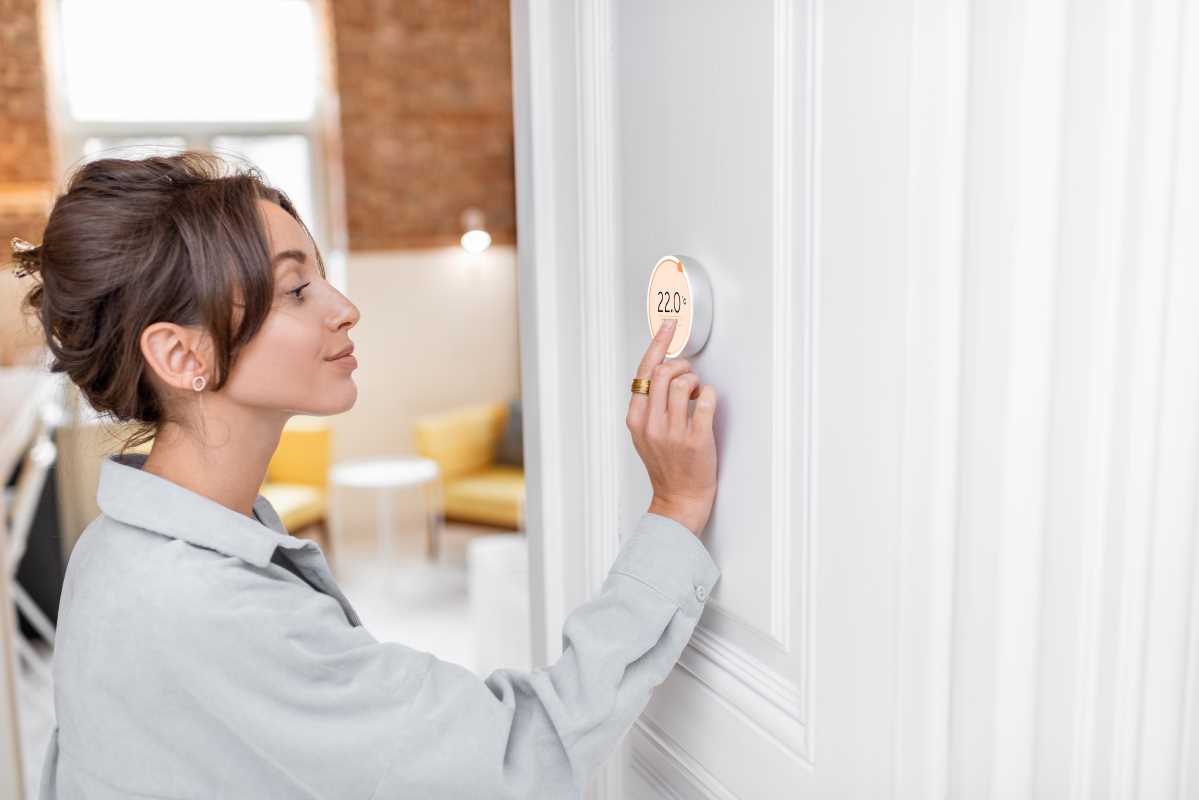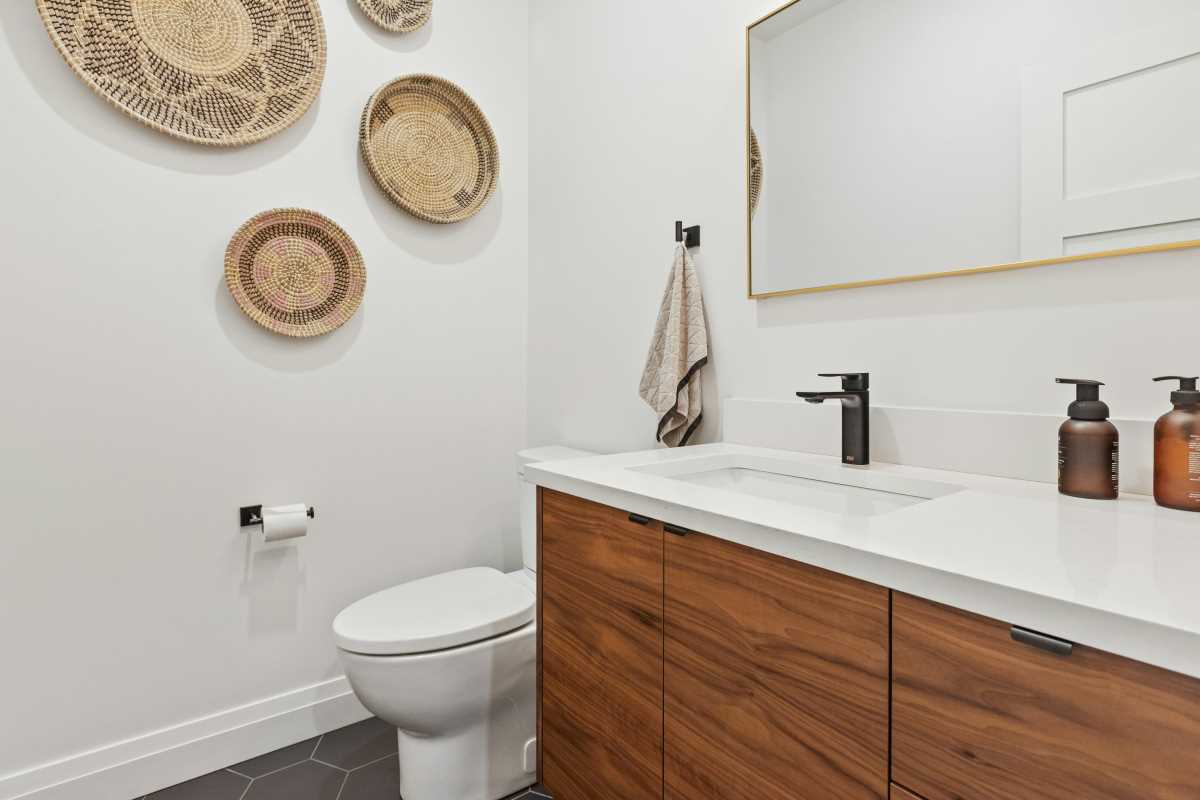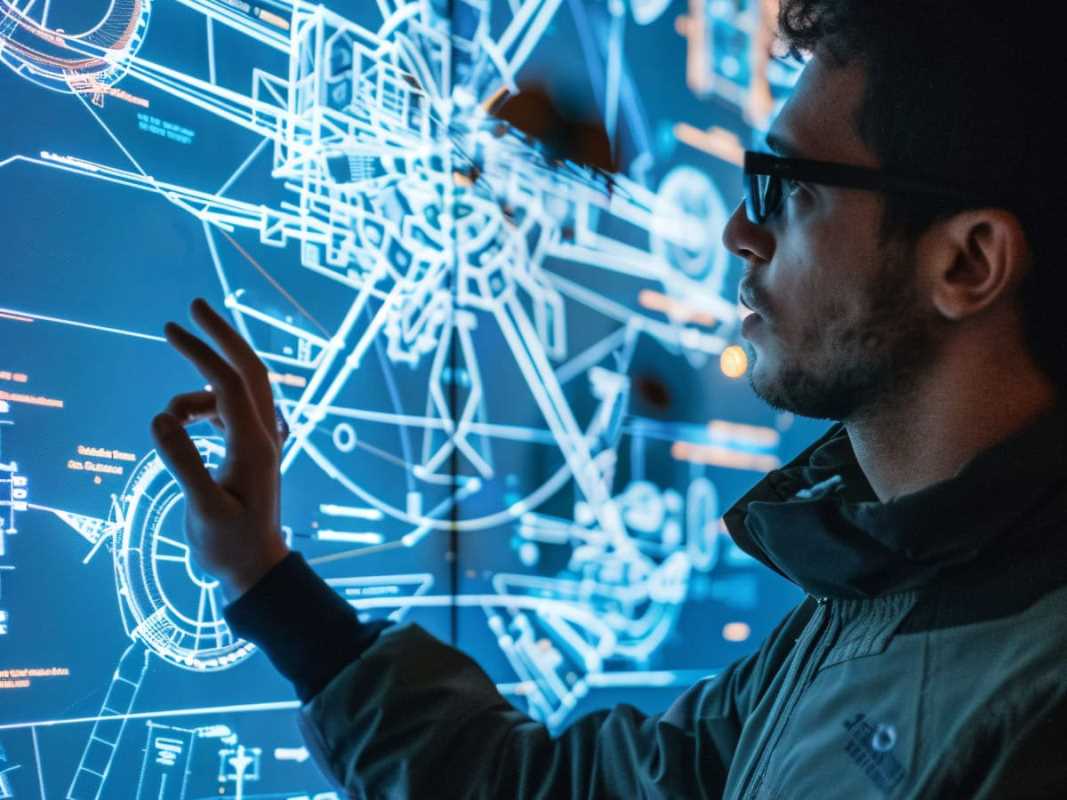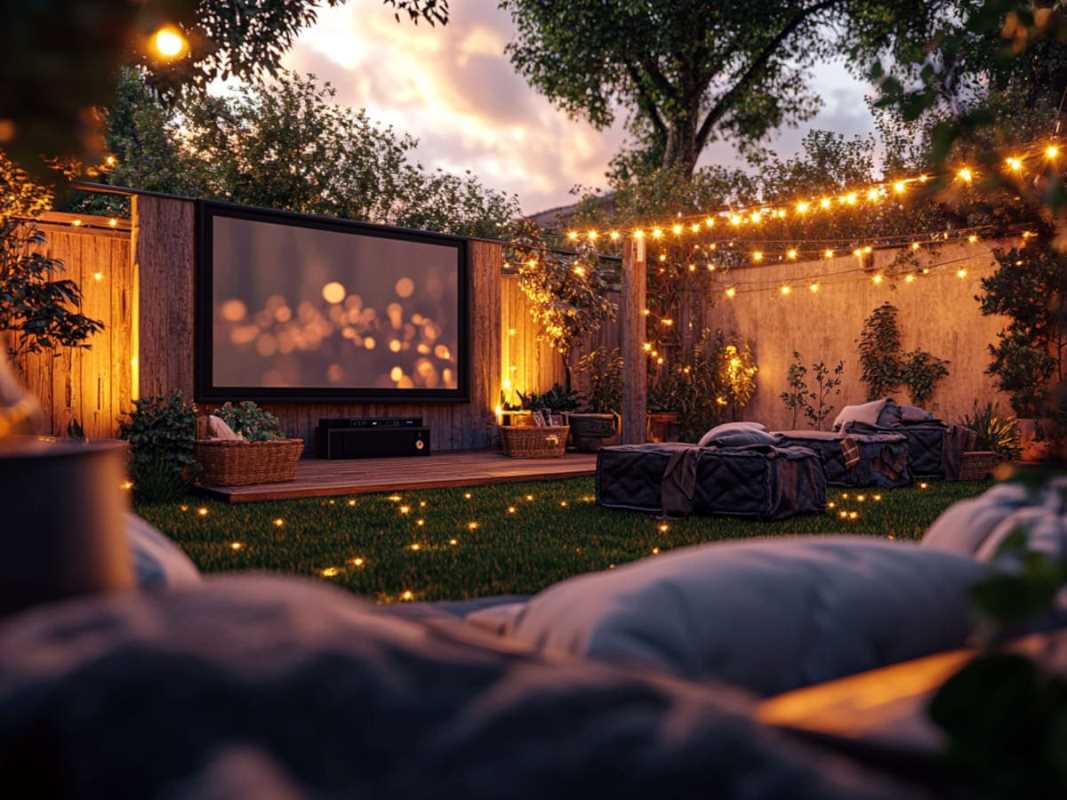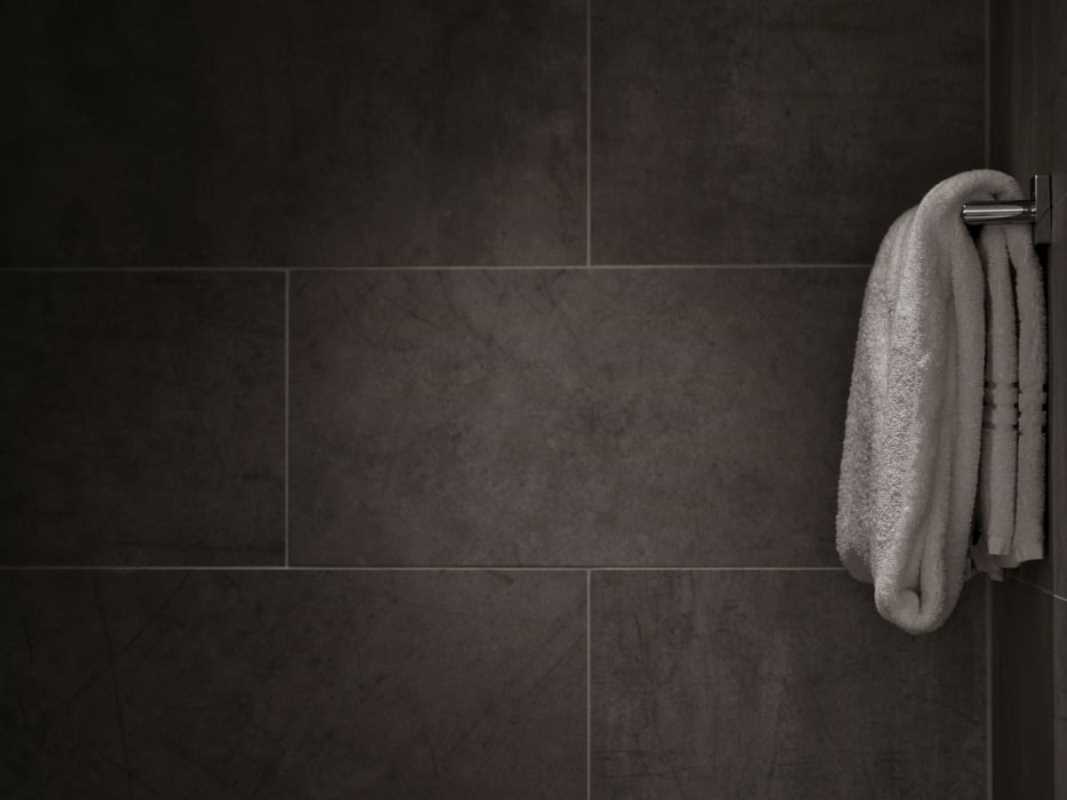The concept of aging in place has transformed dramatically in recent years, with technology leading the charge in creating safer, more comfortable environments for our seniors. While many associate smart home technologies with convenience for the digitally savvy, its most profound impact might actually be for older adults hoping to maintain independence longer.
Modern smart devices don't just add convenience, they're actively extending the period during which seniors can safely live in their own homes, often delaying or even eliminating the need for assisted living facilities. The emotional value of remaining in a familiar environment, surrounded by memories and maintaining autonomy, simply cannot be overstated for many aging individuals.
Voice-Activated Smart Assistants
Voice assistants like Amazon's Echo with Alexa, Google Home, or Apple's HomePod have revolutionized how seniors interact with their home environments, eliminating the need for physical manipulation of devices or remembering complex sequences. For individuals with arthritis, limited mobility, or visual impairments, the ability to control lights, thermostats, entertainment, and communication through simple voice commands represents a genuine breakthrough in maintaining independence. These devices essentially serve as an always-present helper that never tires, judges, or rushes through tasks, operating at whatever pace the user requires.
The learning curve for voice assistants has dramatically flattened in recent years, with natural language processing making interactions increasingly conversational rather than requiring specific command phrases. Many seniors report that speaking to their assistant becomes second nature within days, creating a relationship that feels more like having a helpful companion than operating a piece of technology. For families concerned about adoption challenges, most voice assistants now offer "brief mode" options that reduce verbal feedback, addressing a common complaint from early adopters about overly chatty responses.
Smart Medication Management Systems
Medication errors represent one of the most dangerous challenges for seniors aging in place, with complicated regimens and multiple prescriptions creating opportunities for potentially life-threatening mistakes. Smart medication dispensers like MedMinder, Hero, or PillDrill have transformed this landscape by providing automated dispensing systems that not only organize medications but actively track compliance and notify caregivers of missed doses. These systems effectively remove the cognitive burden of remembering complex medication schedules while preventing dangerous errors like double-dosing.
The most advanced medication management systems now incorporate biometric safeguards that ensure medications are being taken by the correct individual, preventing access by unauthorized household members or visitors. These security features address legitimate concerns about medication diversion or accidental access, particularly in homes where grandchildren or other visitors might be present. Some systems even incorporate visual verification features that allow remote caregivers to confirm proper medication administration through secure images or video snippets.
Connected Home Security
Modern home security for aging in place goes far beyond traditional burglar alarms, creating comprehensive systems that address multiple safety dimensions. Today's smart security ecosystems combine entrance monitoring, emergency response capabilities, environmental hazard detection, and activity pattern recognition in unified platforms that provide both seniors and distant family members with unprecedented peace of mind. The psychological benefit of feeling secure in one's home cannot be overstated, particularly for seniors living alone who might otherwise experience anxiety about potential emergencies.
These can include:
- Smart doorbell cameras like Ring or Nest Hello provide seniors visual verification of visitors before opening doors
- Motion-activated lighting systems automatically illuminate pathways at night, reducing fall risk
- Smart locks eliminate fumbling with keys and can grant temporary access to caregivers or emergency services
- Window and door sensors detect unusual activity patterns that might indicate security concerns
- Water leak detectors prevent costly damage and dangerous conditions for seniors with limited mobility
- Voice-controlled security systems allow seniors to arm/disarm without remembering codes or reaching control panels
- Emergency pendants integrated with home security provide immediate response in crisis situations
The artificial intelligence powering these systems continues to advance rapidly, with many now capable of distinguishing between normal household activity and potentially concerning situations. These learning systems establish baseline patterns for each household, generating alerts only when genuine anomalies occur rather than producing the frequent false alarms that plagued earlier generations of security technology. This reduction in alert fatigue ensures that when notifications do occur, they receive appropriate attention from both seniors and their designated support network.
Fall Detection and Personal Emergency Response Systems
The classic medical alert pendant has evolved dramatically into sophisticated wearable technology that does far more than simply allow manual calls for help. Today's personal emergency response systems like Apple Watch with Fall Detection, Medical Guardian, or Lifeline with AutoAlert use accelerometers and sophisticated algorithms to automatically detect falls and unusual movements, summoning help even when seniors are unable to activate the device themselves. This automation addresses a critical flaw in earlier systems, the reality that many seniors who experience serious falls become disoriented or unconscious and cannot press a button.
Wearable design has transformed dramatically as well, with clunky, stigmatizing pendants giving way to stylish smartwatches and discrete jewelry that seniors actually want to wear consistently. This aesthetic evolution dramatically increases adoption rates, solving the perennial problem of emergency buttons left sitting in drawers or on bedside tables. Some systems now incorporate fashionable pendants, bracelets, or belt clips designed by actual jewelry designers, finally acknowledging that seniors care about their appearance and dignity.
Smart Environmental Controls
Programmable smart thermostats like Nest or ecobee represent one of the easiest smart home starting points, offering substantial benefits for seniors who may struggle with maintaining comfortable temperatures. Beyond basic scheduling, today's smart temperature systems learn occupancy patterns and preferences while allowing remote adjustments by authorized family members, ensuring seniors never endure dangerous temperature extremes due to forgotten settings or physical inability to operate traditional controls. Many power companies even offer rebates specifically for seniors installing these energy-efficient solutions.
Voice-controlled lighting eliminates the need to navigate dark rooms to find switches, automatically illuminating paths to bathrooms at night, directly addressing a primary cause of falls among seniors. Motion-activated options provide similar benefits without requiring any commands, automatically lighting areas as seniors enter and extinguishing them afterward to prevent energy waste. The psychological comfort of never facing a dark room or hallway provides significant quality-of-life improvements, particularly for seniors with vision impairments or those who experience nighttime confusion.
Smart water management systems detect both catastrophic leaks and subtle dripping patterns, automatically shutting off water to prevent damage while alerting both seniors and remote caregivers. For seniors with mobility limitations, these systems prevent the property damage and dangerous conditions that can result from undetected water issues. Some advanced systems even monitor water usage patterns, identifying potential issues like forgotten running taps that might indicate cognitive changes requiring intervention.
Automated shade and window controls help maintain optimal lighting and temperature throughout the day without requiring physical manipulation of cords or cranks that might challenge arthritic hands. These systems can be programmed to maximize natural light during waking hours while ensuring privacy at appropriate times. For seniors with seasonal affective tendencies, these automated systems help ensure consistent exposure to natural light, potentially reducing depression and improving sleep cycles.
For seniors with cognitive impairments, smart environmental controls can provide subtle guidance through daily routines by adjusting lighting, temperature, and even audio cues to indicate appropriate times for various activities. These gentle environmental prompts often prove more effective and dignified than verbal reminders for activities like medication, meals, or bedtime preparation. Some systems now incorporate circadian lighting that automatically adjusts color temperature throughout the day to support natural sleep-wake cycles, addressing insomnia issues common among older adults.
 (Image via
(Image via